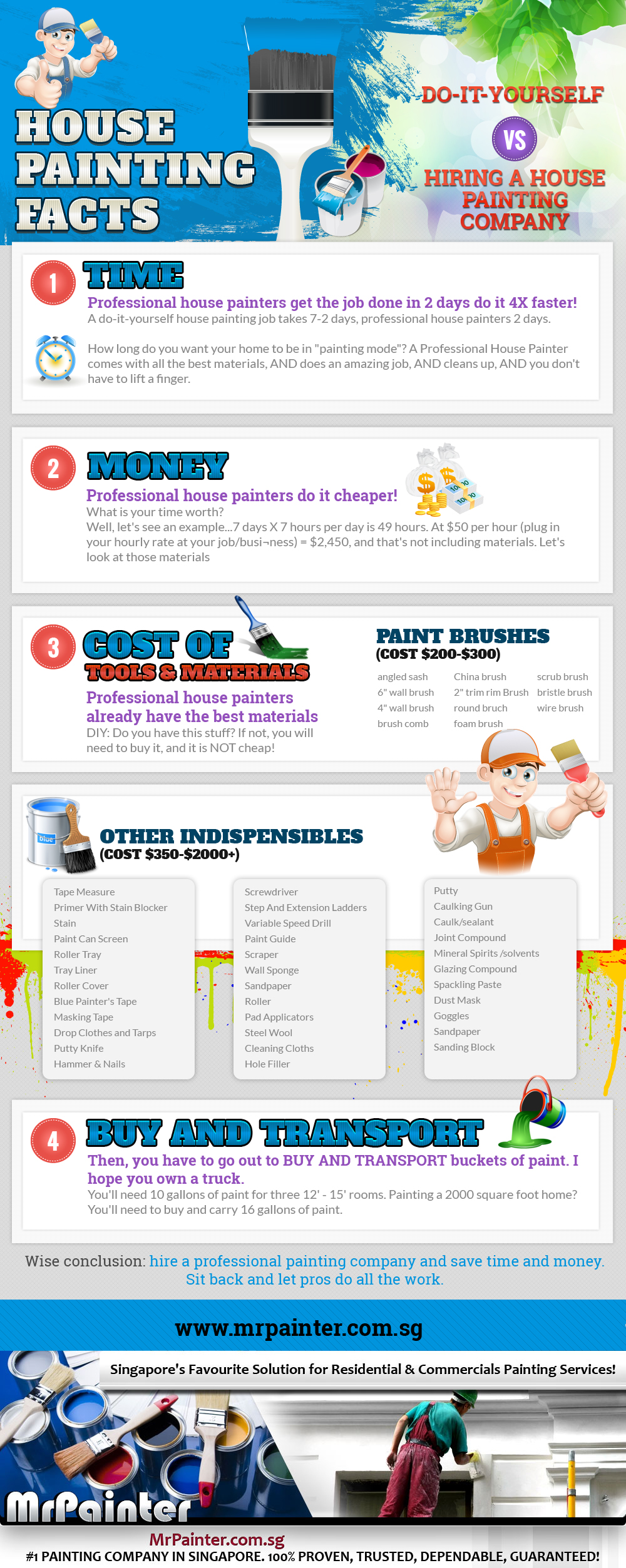Seasonal Considerations For Industrial Outside Paint: What You Required To Know
Seasonal Considerations For Industrial Outside Paint: What You Required To Know
Blog Article
Article By-Fox Skafte
When you're planning a business outside paint project, seasonal elements can make or damage your outcomes. You'll intend to think about how temperature level and humidity effect paint application and drying times. Choosing the right period can guarantee your paint adheres effectively and lasts longer. But which periods are truly the best for this type of work? Let's explore the crucial elements that can impact your project's success.
The Influence of Temperature Level on Paint Application
When you're intending a commercial external painting job, the temperature can substantially influence how well the paint adheres and dries out.
Ideally, you wish to repaint when temperature levels vary between 50 ° F and 85 ° F. If it's as well cool, the paint might not treat correctly, bring about issues like peeling off or cracking.
On the other hand, if it's also warm, the paint can dry also swiftly, protecting against proper adhesion and leading to an irregular surface.
You need to additionally take into consideration the time of day; morning or late afternoon provides cooler temperature levels, which can be much more positive.
Always inspect the supplier's referrals for the specific paint you're utilizing, as they often give support on the excellent temperature array for optimal results.
Moisture and Its Effect on Drying Times
Temperature level isn't the only environmental factor that influences your industrial outside painting task; humidity plays a considerable role as well. High moisture levels can decrease drying out times substantially, affecting the total top quality of your paint task.
When the air is filled with wetness, the paint takes longer to heal, which can result in problems like bad adhesion and a greater danger of mildew growth. If you're painting on a particularly damp day, be prepared for prolonged delay times between layers.
It's crucial to check regional climate condition and plan as necessary. Ideally, go for humidity levels in between 40% and 70% for optimal drying out.
Maintaining these consider mind ensures your job stays on track and delivers a long lasting coating.
Best Seasons for Commercial Outside Painting Projects
What's the best time of year for your commercial outside painting projects?
Springtime and early fall are generally your best bets. Throughout these periods, temperature levels are light, and humidity degrees are typically reduced, creating perfect conditions for paint application and drying out.
Avoid summer's intense heat, which can cause paint to completely dry too swiftly, causing bad bond and finish. Likewise, what is it worth can prevent correct drying and curing, running the risk of the long life of your paint work.
Aim for days with temperatures between 50 ° F and 85 ° F for optimum outcomes. Remember to inspect the local weather forecast for rain, as wet conditions can wreck your project.
Planning around these variables guarantees your painting project runs smoothly and lasts much longer.
Conclusion
To conclude, planning your commercial exterior paint jobs around seasonal considerations can make a considerable difference in the outcome. By kitchen cabinet painting contractors near me during the suitable temperature levels and moisture degrees, you'll make sure far better attachment and drying times. Bear in mind to keep an eye on regional weather prediction and select the right time of year-- springtime and early loss are your best options. Taking these actions will certainly help you accomplish a durable and expert finish that lasts.
